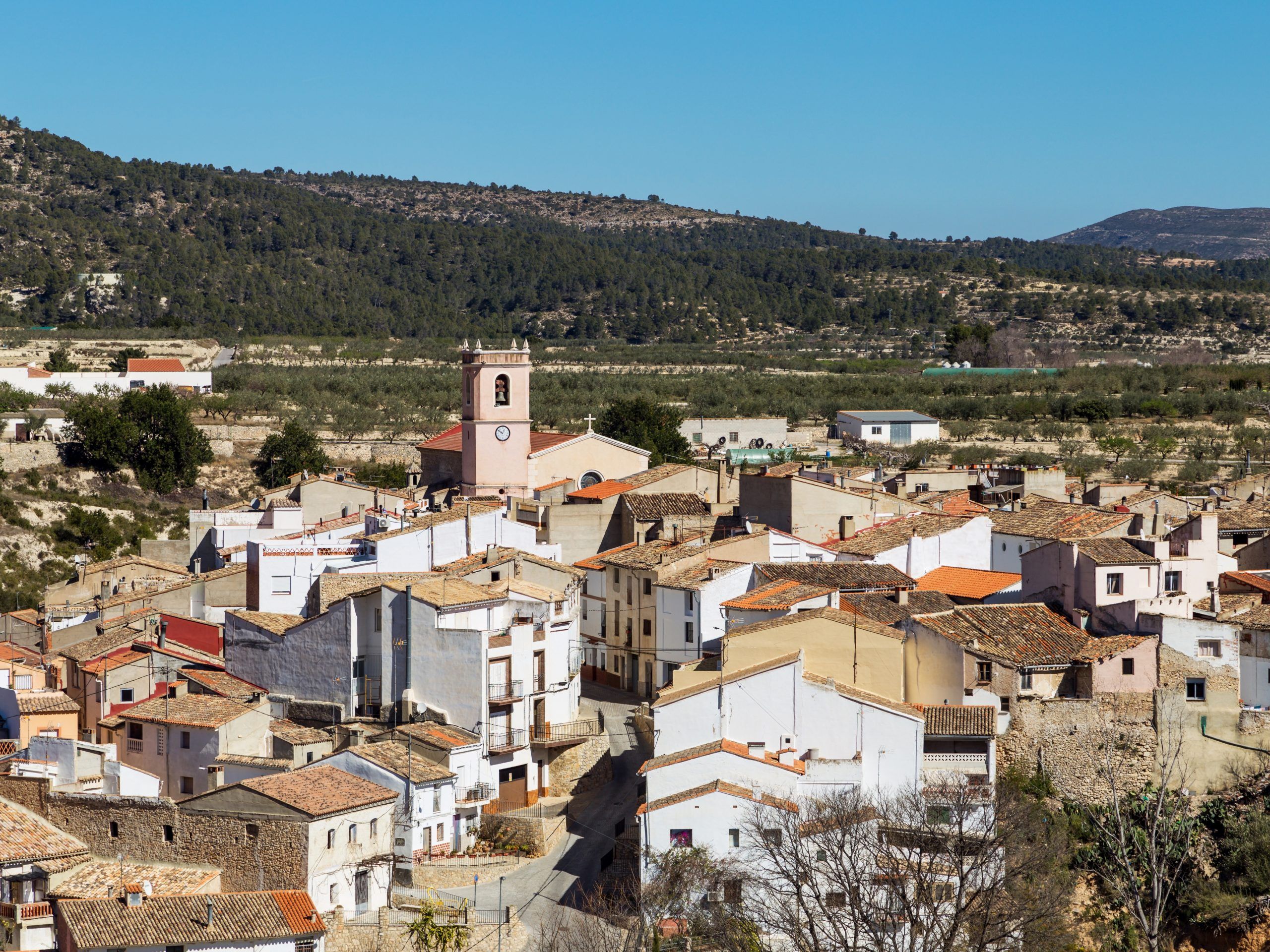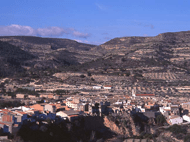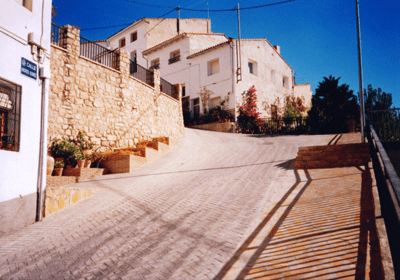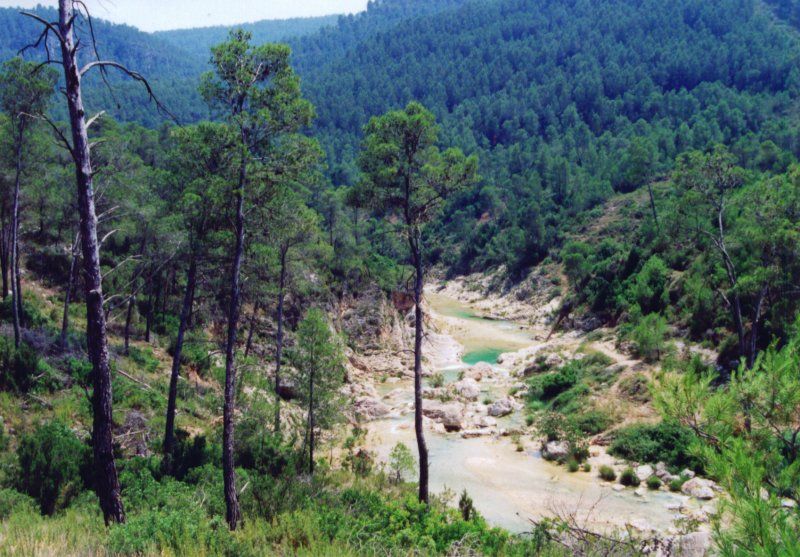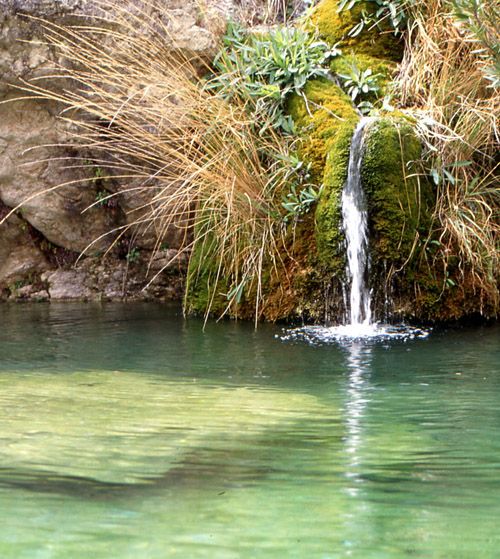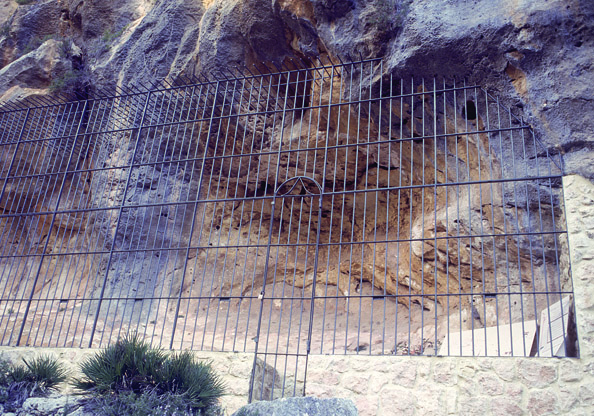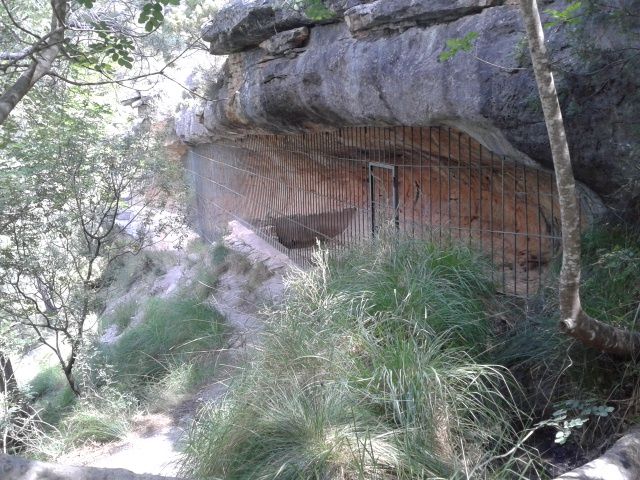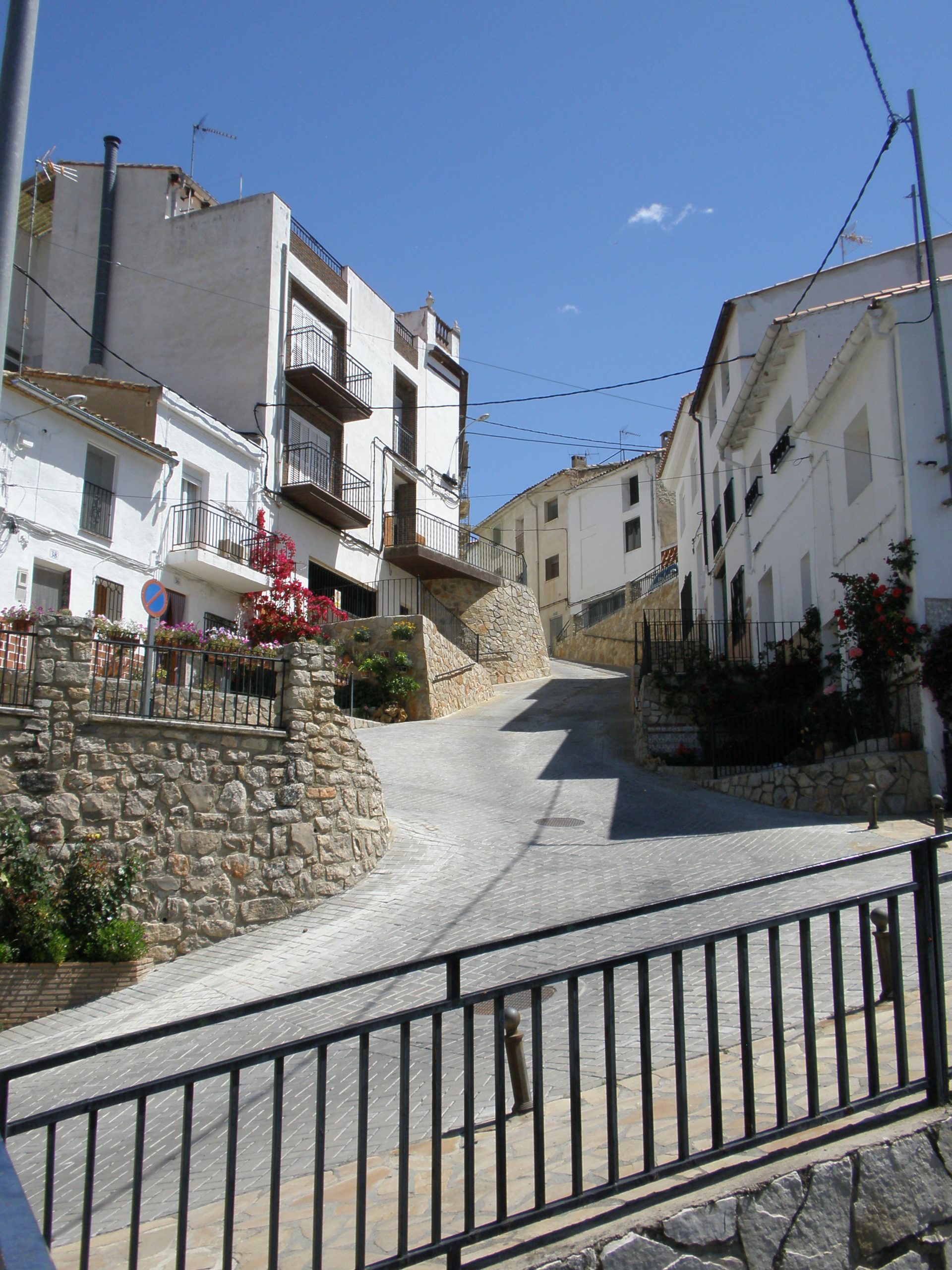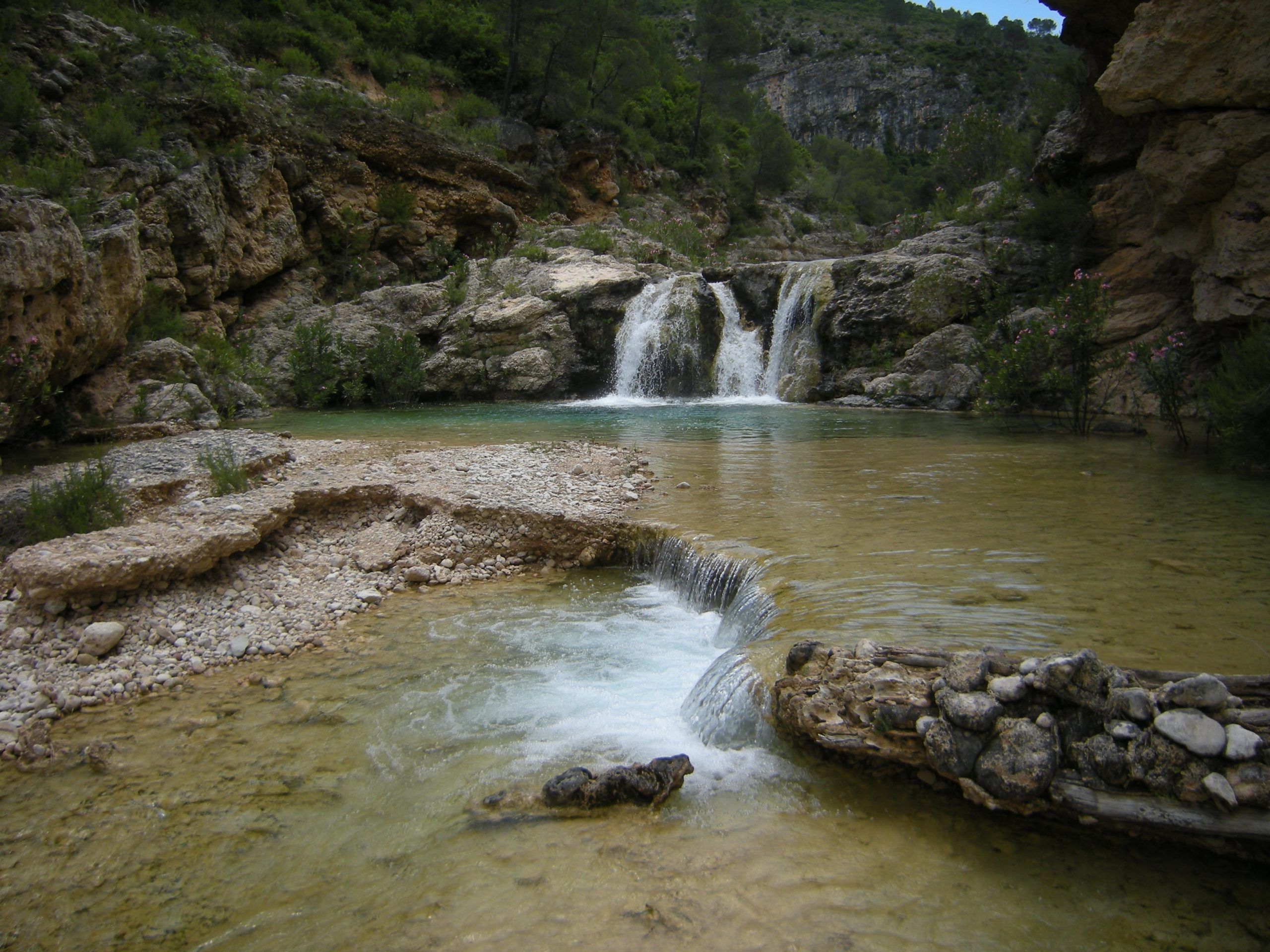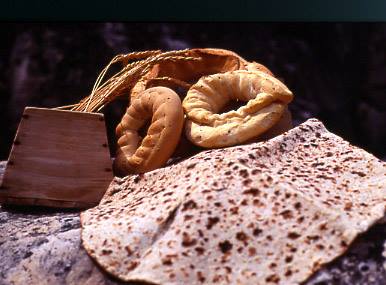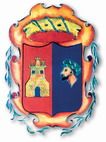Bicorp
Bicorp is to be found in the province of Valencia, within the Canal de Navarrés region, and belongs to the judicial area of Xativa and the judicial zone of d’Enguera. It lies some 98 km from the province’s capital. The municipality covers an area of some 136.66 km2 and the village is situated at 290 m above sea-level.
Bicorp lies between the River d’Escalona and the Caroig Massif. Its limits are: to the north, Cortes de Pallás and Millars; to the east, Quesa; to the west, Teresa de Cofrentes and Ayora; and to the south, Quesa. The landscape within the municipality is highly rugged and rough, crossed by numerous ravines that isolate areas and form mounds. The most significant heights in the area are: Toro (893 m), Mola de Bicorb (904 m), Hongares (842 m), Santís (949 m) and Cazmilla (986 m).
The River Cazuma (or Cazumba), which is formed by the union of the Llatoneros and d’Hongares ravines, crosses the municipality from west to east. The village is located at 39°08″ latitude north and 2°54″ latitude east on the Madrid meridian. It is situated on a mound and is almost completely surrounded by the Moreno ravine.
Gastronomy:
The municipality’s speciality is grilled meat, gazpacho and mojete arriero. Local sweet dishes include Swiss roll, sweet potato cakes, special cakes prepared for Easter and rolls which are distributed during the Holy Cross festivities.
Places of interest:
The village’s notable religious buildings include the renaissance parish church of Saint John, dating from the 16th century.
Other notable constructions include the Castle Gate, popularly known as the former abode of the Baron of Bicorp, which bear’s the Baron’s coat of arms, dating from 16th century; the settlements of Calderón a la Mola, La Rotura and Los Morcones, located near to El Benefetal and which date from the Bronze Age; and l’Assut dels Moros, a Moorish construction, near to which is the pool known as Los Morteros.
Bicorp is well-known for its archaeological remains. The cave paintings in La Cova de l’Aranya (declared UNESCO World Heritage), depicting scenes of honey collection, and those to be found at the Moreno ravine, are among the most notable.
The municipality of Bicorp has numerous nature sites, such as the River Fraile, El Buitre forest of Helm’s Oak, oak and juniper, and the Lucino Gorge, which provides access to the source of the River Cazuma.
It is possible to observe eagles, wild sheep and Spanish goats.
Bicorp Ecomuseum
The museum was created with the aim of contributing to the cultural, social and economic development of the municipality, and to this end it is equipped with a Heritage Information Centre, which functions as central point for the management of the local heritage resources.
Canal de Navarrés Culture Park
The Park offers information to visitors who wish to find out more about Cova de l’Aranya and other examples of eastern Spanish rock art. It offers a guide service, which must be booked in advance and is provided by the Valencia Regional Government’s Ministry of Education, Culture and Sport.
Contact telephones:
Ecomuseu
m: 962 269 403www.ecomuseodebicorp.com
info@ecomuseodebicorp.com
Festivities:
The festivities held on honour of the Holy Cross are celebrated between 3rd and 5th May. The festivities traditionally include processions and the distribution of rolls. The village’s popular festivities are held between 15th and 18th August. They include Moors and Christians’ festivities, festivals and parades.
